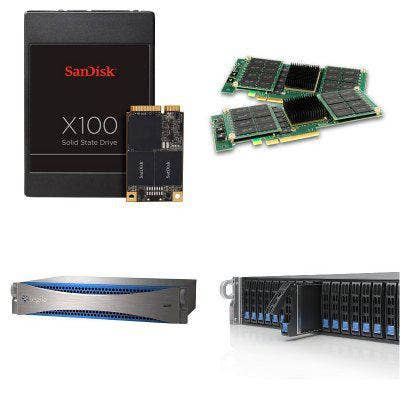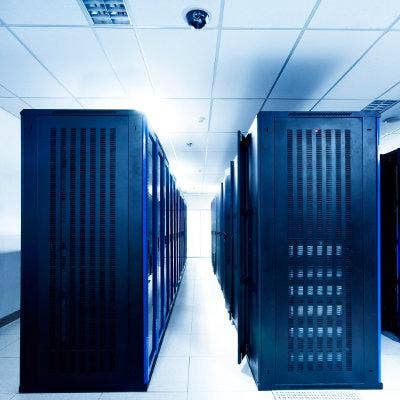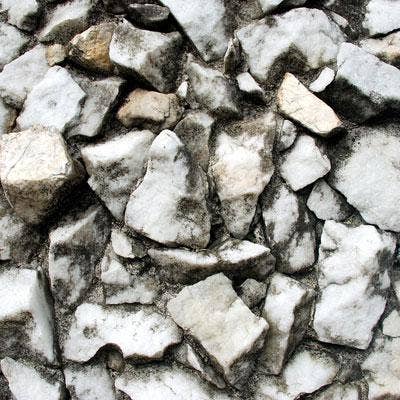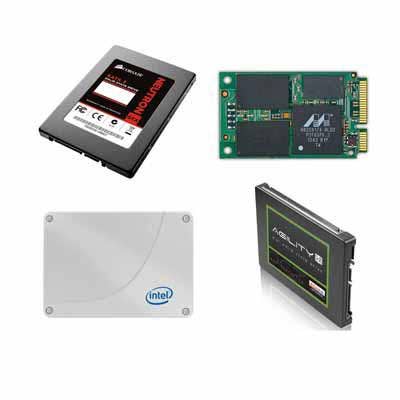6 Storage Technologies That Could Spell The End of The Hard Drive

The Last Hard Drive, Part 1
So when will the last spinning hard drive, by far the most common storage media in use, leave the corporate data center? The arguments for its demise are compelling, including eliminating the power and cooling required for racks-full of disks, the hassles associated with managing thousands of them, and the low performance of hard drives compared to new technologies like SSDs.
For now, however, we are stuck with spinning hard disk drives, and will remain so for the next decade or more.
In the meantime, new storage technologies will be changing how data is stored, accessed, manipulated, and eventually deleted. Some are in use, some are around the corner, and some are still scientists laboratory toys.
Turn the page to take a peek at what the future holds in store as the storage industry strives to wean itself off spinning hard drives. Check out the rest of our special report on the state of the storage industry, which originally ran as an exclusive on the CRN Tech News App.

Pushing Servers To The Storage
Now that most storage arrays are built on industry-standard server technology, storage vendors will start making it easier to run virtual servers on their storage arrays.
This has already started on a limited basis as a few small providers of backup appliances are making it possible to recover a crashed server by running it in a virtual machine for a low-cost disaster recovery alternative.
Going forward, expect full applications to run on virtual machines in high-end arrays, not for disaster recovery purposes but to run the applications faster. Instead of moving all that data to the server for processing, the idea would be to move the application to the data.

Pushing Servers To Cloud Storage
A virtual machine is a virtual machine whether it runs on a server, a storage array, or a cloud.
That leads to a coming trend of running more applications in virtual machines in a cloud next to the storage. This addresses one of the key barriers to cloud adoption--the latency in moving tons of data into and out of the cloud--by moving the application and virtual server into the cloud and getting the results once the processing is done.
This won't work for all applications, particularly those which are used for online transaction processing or which require results quickly. But for things like big data, it's perfect.

Flash Storage: Never Enough
The future of flash storage lies more in the "flash" part, not the "storage" part.
While several startup storage vendors and a couple of major storage vendors are developing storage arrays with flash memory as the primary storage medium, that is still the exception rather than the norm. All-flash-based storage arrays are still expensive, and while the cost of flash memory continues to fall, so does the cost of alternative technologies.
For the foreseeable future, flash memory-based storage will mainly be seen in two primary use cases. The first is as the primary memory for personal computing devices, including tablet PCs and lightweight mobile PCs. The second will be as some form of cache, either in a host, an array or even the cloud, to hold the most frequently accessed data with the less-frequently accessed data stored on lower-cost media.

On The Drawing Board #1: Atomic-scale Memory
Several technologies are being tested as storage media. While they may someday become available, for now they look more like something from a science fiction movie.
In one of those alternatives, IBM researchers developed technology that can arrange eight atoms to store a single bit of data. That is the theoretical minimum number of atoms that can be used in that way, and compares to current technology which requires about 1 million atoms to store 1 bit of data.
No word yet from IBM when such technology could become commercially available.

On The Drawing Board #2: Quartz Glass
Hitachi has unveiled technology which saves digital information on slivers of quartz glass which the company said would resist extreme hot and cold temperatures and other hostile conditions without degrading.
The Hitachi prototype currently stores 40 MBs of data per square inch, with such data theoretically remaining readable for several hundred million years.
No word yet from Hitachi when such technology could become commercially available.

On The Drawing Board #3: DNA-encoded Storage
Harvard and Johns Hopkins geneticists have shown how DNA could be used to store data at a higher density than any technologies that are commercially available or under development.
In theory, one gram of single stranded genetic code could be used to store a theoretical maximum of 455 exabytes, or nearly a half-billion terabytes, of information. For now, the technology can be used only for read-only purposes, not for random access.
No word yet from the geneticists when such technology could become commercially available.

The Last Hard Drive, Part 2
So when will the last spinning hard drive, which is by far the most common storage media in use, leave the corporate data center?
The truth is, no one knows. The current generation of IT professionals may never see the day the last hard drive is tossed in the trash or sent to a museum. But if the history of the floppy disk, the CD-ROM, or the tape drive is any guide, it will be such a gradual withdrawal that few will notice it until after the fact.